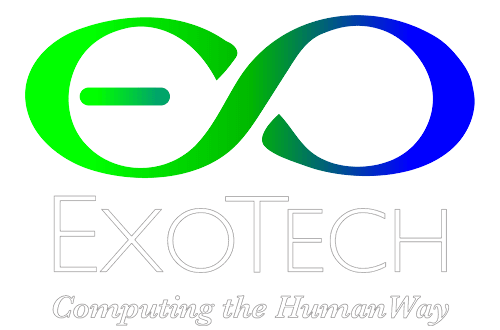
Part 4
So, as I was saying, it’s all in the construction. By way of analogy, did you ever play with Lego when you were a kid? These little bricks are the easiest way to illustrate what Peter discovered. In fact, Lego bricks represent the same general type of component as the one Peter used and they construct the same type of machine as the one Peter made.

This wonderful little brick has had children around the world playing for decades on end because of one unique quality…the fact that any Lego brick can be combined with any other Lego brick in a way that kids aren’t limited by specific brick combinations and with the end result that kids can create unlimited numbers of things. Castles, spaceships, robots, houses, chessboards, people – there are even Lego hamburgers and pizzas – anything anyone can imagine.
And though it might seem odd at first, this seemingly infinite Lego world illustrates the principle that Peter utilized in developing an alternative computing system. He calls it the Any-to-Any Principle, and it’s used in his revolutionary computer construction system. This patented technology builds a brand-new species of computer software, which just like a Lego creation, is basically an “Any-to-Any machine.” It parallels the way people think.
There’s not one other computer system in the world today that’s built the same way. Any-to-Any machines are few, but powerful. Binary code (the thing that runs computer hardware), genetic code (the thing that builds a human body), music, hurricanes, even water – these are all Any-to-Any systems and are among the most powerful systems in the world. Now we have a computer system to go with them.
If you remember from my last blog, today’s systems were thrown together during a time of incredible emergency. There was a lot of pressure on the people who built them. They needed those computers to work…and they did. But their components were essentially designed to work in specific ways. They were “welded together,” so to speak. If you wanted one piece of a unit (say a piece of data or code) to do something new and interesting or something that was more useful to an individual, guess what – it couldn’t.
That was the simple explanation – Peter found a more workable construction system. Because every computer component is unique and separate, every computer component can be compatible with any other component, just like Lego bricks. Just the way people think. Even a technophobe like me could understand that!
I sat back and said to myself, “It appears to me the possibilities are unlimited.”
Needless to say there are more than a few that I want to discuss with you….

